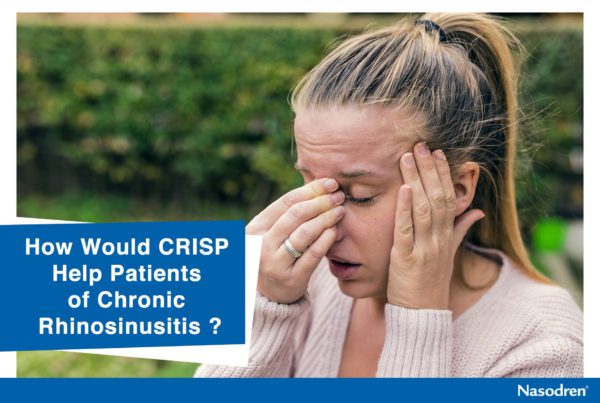Difference between cluster and sinus headaches
Many times, cluster headache symptoms are interpreted as the sinus headache symptoms because some of the signs of the former may origin from the nasal area. It is therefore necessary to understand the difference between the two.
- The severe sudden pain related to cluster headache lasts for about forty-five (45) minutes. The pain episode may occur several times in a day. The headaches occur in groups.
- The sinus headache lasts as long as the sinus infection is not healed. Although the headache is worse in the morning, it improves as the day progresses. The headache does not occur in groups.
- Cluster headaches are vascular headaches. During a vascular headache, swollen blood vessels cause a throbbing pain. The vascular headache may increase with physical work.
- Sinus headache is an inflammatory headache that involves pathology and inflammation.
- The sinus headache pain, deep and constant, increases with sudden movement of the head. Other sinus symptoms, like nasal discharge and fever, accompany the pain.
- The people experiencing cluster headache will become angry, anxious, and restless.
- Cluster headaches lead to tearing and sweating.
- Cluster and sinus headaches can appear simultaneously.
- The confusion between the two also occurs due to related periorbital pain and stuffy nose. However, the patient history will point to cluster headache instead of surmised sinus headache symptoms.
- Cluster headaches are unilateral, whereas sinus headaches can be unilateral or bilateral.
- Cluster headache, an extreme case of headache, is rare. Sinus headaches are relatively more frequent.
- In case of cluster headache, the pain is limited to the temporal, frontal and periorbital regions. However, sinus headache occurs in the area of the sinus affected. If your ethmoid and frontal sinuses are affected, you will experience pain in the forehead.
- Cluster headaches appear suddenly. However, sinus headache symptoms often appear due to weather change, onset of menstruation cycle and / or head cold.
- Cluster headaches are common in men since the headaches are linked to cigarette smoking. However, with change in lifestyle, women are also getting these headaches.
- Both men and women have equal chances of having sinus headaches.
- Cluster headache can be chronic. Sinus disease rarely leads to chronic headaches.
- Cluster headache therapy consists of abortive (cure) and prophylactic (preventive) drug treatments and surgery.
- If you treat the sinus congestion and infection, sinus headache will disappear. Steam inhalation, antibiotics, nasal sprays and decongestants relieve the congestion and infection.







